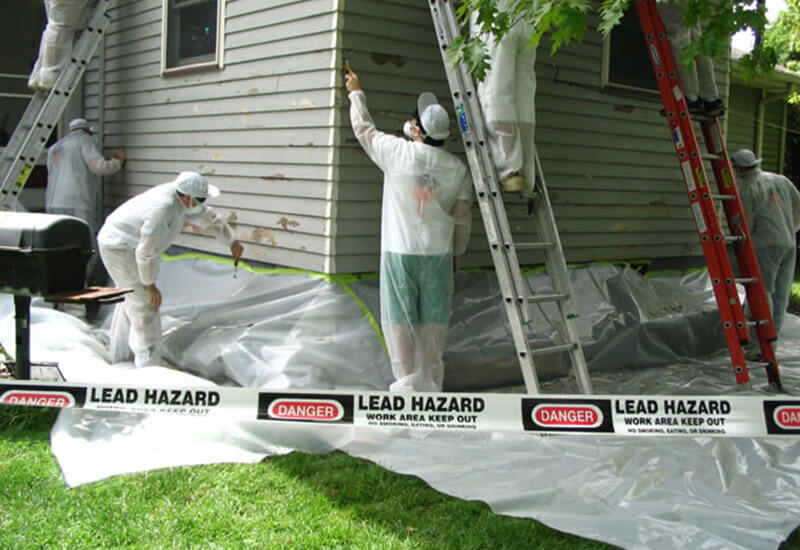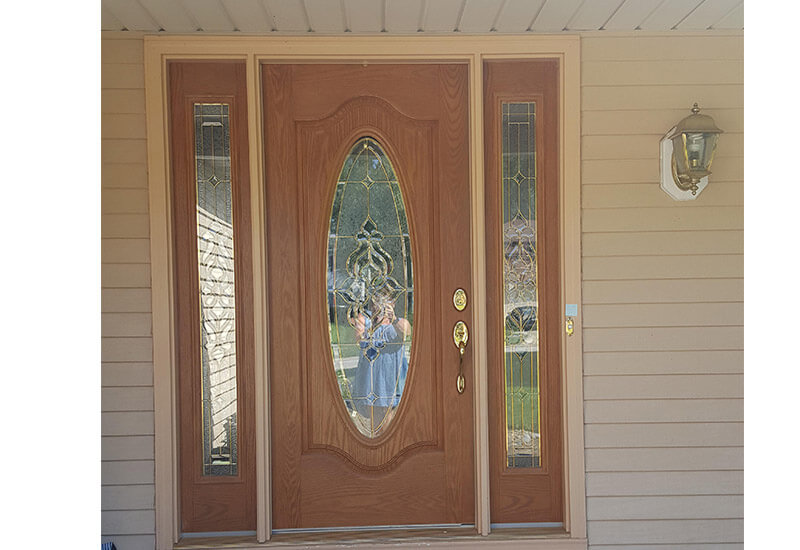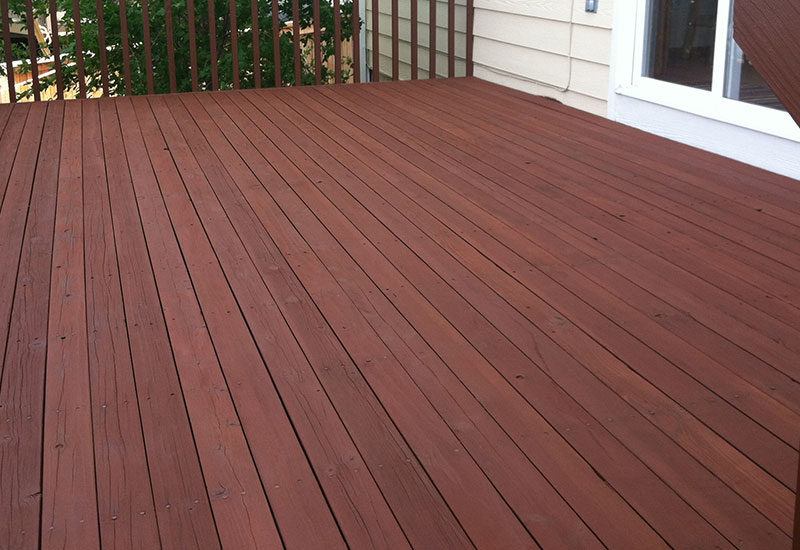Homeowners in older communities in the Cleveland area, like Shaker Heights or Lakewood, meeting with representatives from a local painting company will often be asked, “Was your home built before 1978?”. While that may seem like an odd question, it is important as it relates to the safety of you and your family in regards to lead-based paint exposure.
The reason contractors ask you if your home was built before 1978 is because of lead paint exposure and EPA regulations. In 1978 the EPA banned the use of lead in paint but homes built previous to 1978 may have been originally painted with lead-based paint. EPA’s Lead Renovation, Repair and Painting Rule (RRP Rule) requires that firms performing renovation, repair, and painting projects that disturb lead-based paint in homes, child care facilities and pre-schools built before 1978 have their firm certified by the EPA (or an EPA authorized state), use certified renovators who are trained by EPA-approved training providers and follow lead-safe work practices. Textbook Painting is a certified firm and we have a handful of our employees including our entire team of supervisor’s that have completed the EPA certification course. It is important that any contractor working on your home is certified to make sure everything is done the right way to not only protect you and your family, but your neighbors and everybody else in your neighborhood.
Many homeowners living in an older home will point out “The house has been painted since 1978, so the last time it was painted I know lead-based paint was not used.” This is a fair point, but the issue isn’t with the top layer of paint. The issue is with the layers that are under it. It is highly unlikely for a house to be completely stripped down of all it’s paint through out its lifetime so when we are scraping any flaking paint off the house, we will be scraping the underneath layers of lead paint. So here are the following precautions we take to ensure your family and neighbors are safe:
- We will hand scrape all of the peeling paint off your house and we will NOT sand it down. It is illegal for us to sand down anything that has lead paint. You may be worried by that, but after we scrape, we use a spot primer that is thick enough to help minimize any unevenness on the siding.
- We will not power wash. It is also illegal for us to power wash anything the contains lead paint on it. Our alternative to this since it is never good to paint on dirty surfaces is that we will hand wash dirty areas with rags. This will help the primer adhere to the bare wood.
- Our painters will be wearing masks and suits while doing prep work. We not only want to keep you and your family safe, we also want our employees to be safe in a lead environment. Wearing a mask prevents them from breathing in lead particles and wearing a suit prevents any lead paint dust from leaving the work site.
- Lastly, we lay down thick layers of plastic to make sure all of the paint chips fall on them. This provides an easy clean up for us and it ensures you that we get lead paint chips off your property. We will have these laid out wherever our painters are scraping. After the day is over, we roll the plastic up and dispose of the chips properly in a big contractors trash bag. We also visually inspect your property to make sure there are no loose paint chips on the ground that were not caught in the plastic tarps.
The EPA RRP regulations can be intimidating but at the end of the day you can have piece of mind that your family will be as safe as possible as we are fully certified and follow the rules. We like to do everything by the book; hence, why we are ‘Textbook Painting.’ If you have a lead house and would like to receive a quote, give our office a call or schedule an estimate online.






